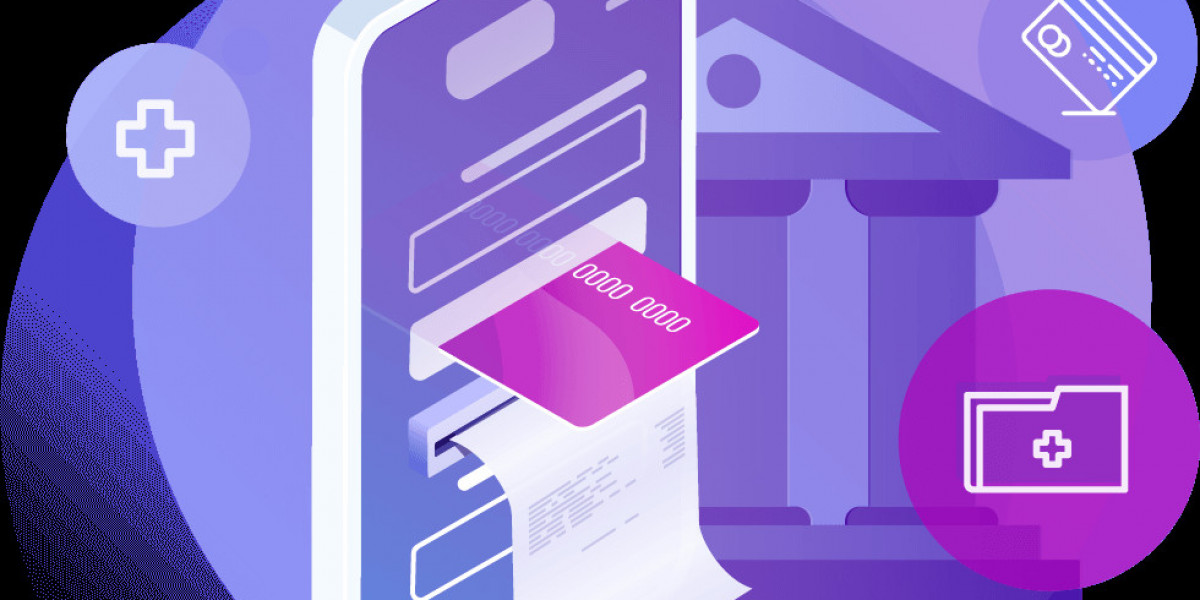In the ever-evolving healthcare industry, maintaining financial stability while providing quality patient care is a significant challenge. One of the most critical components that drive financial success in healthcare organizations is Revenue Cycle Management (RCM). RCM is the process that oversees the financial aspects of patient care, from initial appointment scheduling to final payment collection. By streamlining billing, coding, claims processing, and accounts receivable, healthcare organizations can achieve revenue optimization in healthcare, ensuring steady financial growth and sustainability.
This blog explores the significance of RCM in healthcare profitability, its key components, challenges, and best practices to maximize revenue.
Understanding Revenue Cycle Management
Revenue Cycle Management (RCM) is a comprehensive approach that ensures healthcare providers receive appropriate and timely compensation for the services they deliver. It encompasses several stages, including:
Patient Registration and Eligibility Verification – Accurate collection of patient demographics and insurance details to avoid claim denials.
Charge Capture and Medical Coding – Proper documentation and coding of diagnoses and procedures ensure accurate claim submission.
Claims Submission and Processing – Timely submission of claims to insurance companies to facilitate quicker reimbursements.
Denial Management and Appeals – Identifying, correcting, and resubmitting denied claims to recover revenue.
Payment Posting and Reconciliation – Ensuring received payments match the expected reimbursement rates.
Accounts Receivable (A/R) Follow-Up – Proactively managing unpaid claims and patient balances.
Patient Billing and Collections – Transparent and efficient communication with patients regarding their financial responsibilities.
When executed efficiently, RCM ensures seamless cash flow, reduces financial losses, and enhances the overall profitability of healthcare institutions.
The Link Between RCM and Healthcare Profitability
Effective revenue cycle management plays a pivotal role in driving healthcare profitability. Here's how:
1. Optimized Cash Flow
Efficient RCM minimizes delays in reimbursements and reduces outstanding accounts receivable. By ensuring accurate billing and prompt claim submissions, healthcare organizations can optimize cash flow, leading to enhanced financial stability.
2. Reduced Claim Denials and Rejections
One of the major reasons for revenue leakage in healthcare is claim denials. Implementing strong RCM practices helps in verifying patient eligibility, accurate coding, and documentation, reducing the chances of claim denials and rejections.
3. Enhanced Revenue Optimization in Healthcare
Revenue optimization in healthcare is achievable through data-driven decision-making and process automation. By leveraging analytics and RCM software, healthcare providers can identify revenue gaps, improve financial forecasting, and implement corrective measures to maximize income.
4. Cost Reduction
Manual errors, administrative inefficiencies, and redundant workflows can increase operational costs. Automating RCM processes reduces labor-intensive tasks, minimizes errors, and improves overall efficiency, leading to significant cost savings.
5. Improved Patient Experience and Retention
A transparent and efficient billing process enhances the patient experience. When patients clearly understand their financial responsibilities and receive timely invoices, they are more likely to make payments on time, reducing collection issues and fostering long-term relationships.
Challenges in Revenue Cycle Management
Despite its significance, RCM faces several challenges that can impact healthcare profitability:
Complex Regulatory Environment – Frequent changes in insurance policies, coding standards (ICD-10, CPT), and compliance regulations make it challenging for providers to keep up.
High Claim Denial Rates – Errors in coding, missing patient details, and lack of documentation contribute to claim denials.
Patient Payment Challenges – With the rise in high-deductible health plans (HDHPs), patients bear more financial responsibility, leading to delayed payments.
Inefficient Billing and Collection Processes – Lack of automation and outdated billing systems result in revenue loss and increased administrative burden.
Data Security Concerns – Managing patient financial data requires compliance with HIPAA and other security regulations to prevent breaches and fraud.
Best Practices for Effective Revenue Cycle Management
To maximize revenue optimization in healthcare and enhance profitability, organizations must adopt best practices in revenue cycle management:
1. Leverage Technology and Automation
Investing in RCM software and Artificial Intelligence (AI)-driven tools can automate processes such as patient eligibility verification, coding, and claims submission. This reduces human errors and improves efficiency.
2. Enhance Staff Training and Education
Training healthcare administrative staff on the latest billing codes, compliance requirements, and insurance policies ensures accuracy in claims processing and minimizes errors.
3. Implement Strong Denial Management Strategies
A proactive approach to analyzing claim denials and identifying root causes helps in reducing revenue loss. Establishing a dedicated denial management team ensures proper follow-up and appeal processes.
4. Improve Patient Engagement and Transparency
Clear communication regarding medical costs, payment options, and insurance coverage can encourage timely payments. Offering online payment portals and automated reminders enhances the patient payment experience.
5. Conduct Regular Audits and Performance Analysis
Routine audits of financial transactions, billing cycles, and revenue reports help identify inefficiencies. Data-driven insights enable healthcare providers to make informed financial decisions and optimize revenue streams.
6. Outsource Revenue Cycle Management Services
Many healthcare organizations outsource RCM to specialized service providers to improve efficiency and reduce costs. RCM outsourcing helps access expertise, technology, and compliance adherence, ensuring higher profitability.
Conclusion
Revenue Cycle Management is a crucial element in the financial success of healthcare organizations. By streamlining administrative and financial processes, healthcare providers can achieve revenue optimization in healthcare, improve cash flow, reduce claim denials, and enhance patient satisfaction. While challenges persist, leveraging technology, adopting best practices, and outsourcing RCM functions can significantly improve profitability.
As the healthcare landscape continues to evolve, a robust and strategic approach to revenue cycle management will be essential in maintaining financial sustainability while delivering quality patient care.










